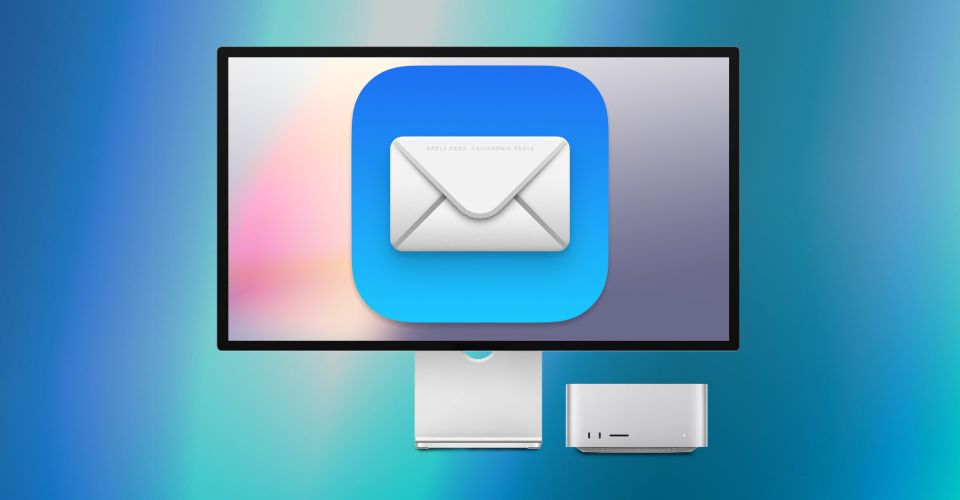How To Use Apple Mail Rules To Streamline Your Inbox On A Mac

The Mac comes with a built-in email app called Mail that makes it possible to organize an inbox by using rules that can handle each email differently. While spam filtering is common these days, there are plenty of other details that can be automated to make it easier to stay on top of important emails and avoid wasting time on less critical ones.
Apple Mail has been around for nearly two decades, longer if the earliest version called NeXTMail is considered. As such, Apple has had plenty of time to refine its Mail app. Initially, it was fairly restrictive, but now almost any third-party email service can be accessed via Apple Mail. Online access was eventually added for Apple email accounts in 2014 and much richer content was enabled in 2017 with inline markup of PDF and image files, as well as an integrated large file transfer capability that used iCloud to make it possible to share links rather than transferring entire files. With filtering, searching, conversation threading, and rules, it has become quite a full-featured solution.
Among the most powerful features of the Mail app on Mac is ‘Rules’, which makes it easy to organize emails, remove clutter, and help the user stay on top of important messages. To start, open the Mail app, select the Mail menu, then Preferences, and click the Rules tab. This window has a list of rules on the left, which might be blank if never used before, and four buttons to the right. Clicking Add Rule opens a window to make a new rule that will be used on any new emails that are received. Apple’s Rules can also be applied to existing emails. The options are simple yet powerful. The most basic option is to identify an email from a particular address and move it to a new location. Emails can also be copied, deleted, flagged, and highlighted in a certain color. It’s sometimes more useful to loosen the conditions to cover all emails from ‘Facebook,’ for example, instead of only emails from ‘[email protected]‘. Using a point and click interface and text fields, a complex rule is easy to create.
Making Useful Apple Mail Rules

After adding a Rule in the Mail app, there’s an option at the top to pick whether it applies when any of the conditions are met or if all the conditions match. Multiple conditions can be added by clicking the plus sign. ‘Any‘ matches more emails and implies an ‘or‘ condition. For example, matching an email from ‘Dad‘ or ‘Mom‘ would require setting this to ‘any.’ To match fewer emails and make a more specific rule, choose ‘all‘. As an example, this can be used to filter all emails from ‘Tim Cook’ that have a subject that contains ‘Apple Glass Preview.’ It would be a good idea to make those emails stand out by choosing an action to ‘Set Color of background‘ to ‘Red.’
It might also be helpful to play a unique sound and bounce the Mail app icon in the Dock, and those actions and others are possible as well. Rules can also automatically reply, forward, and redirect emails. For the most flexibility, a custom-made AppleScript can be run on an email, allowing a wider range of possibilities. Unless the user wants to allow multiple rules to be applied to a single email, adding ‘Stop evaluating rules‘ as the last action tells the Mail app to move on to the next email. With carefully constructed rules, it’s possible to take control of and streamline a Mac’s inbox.
Source: Apple
About The Author


















